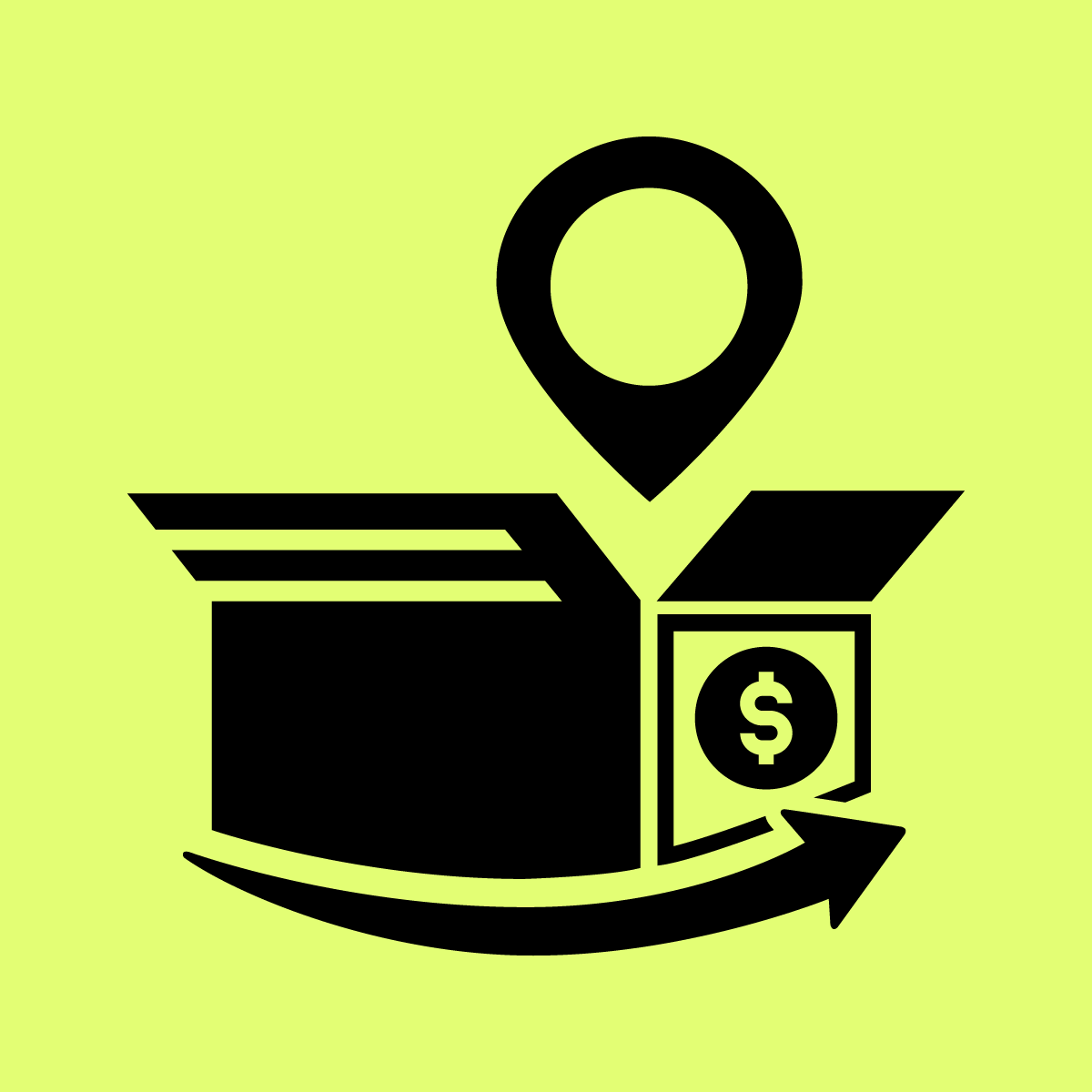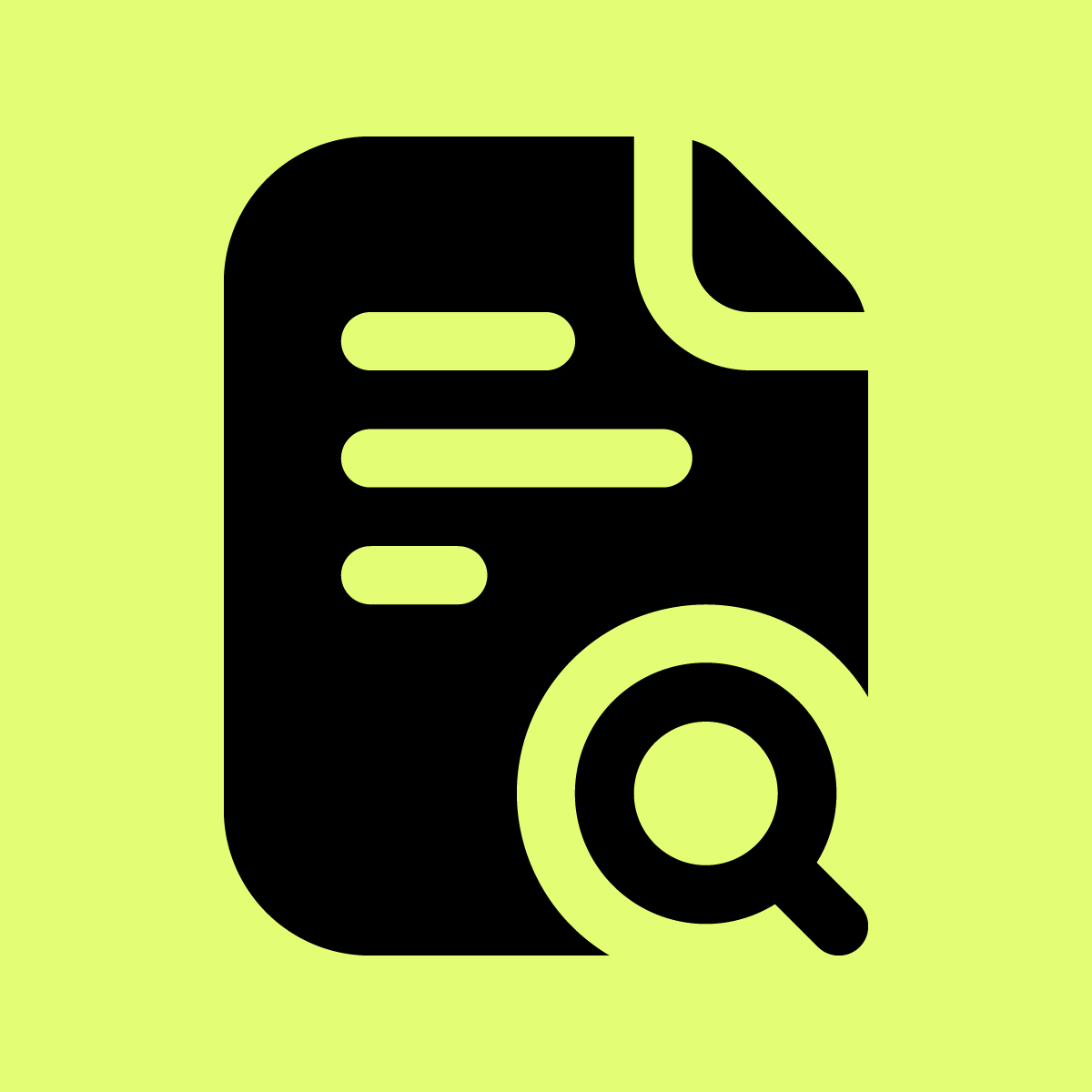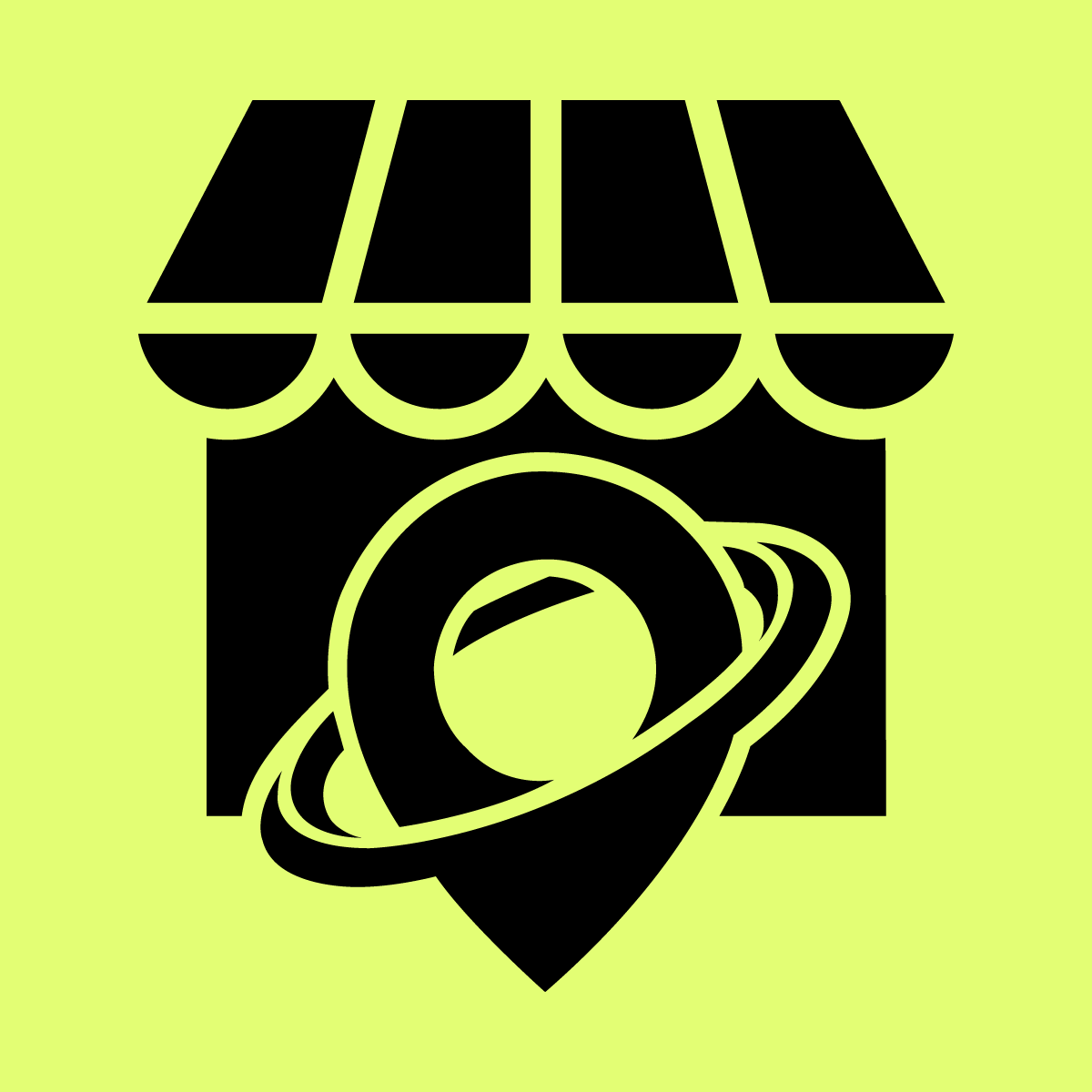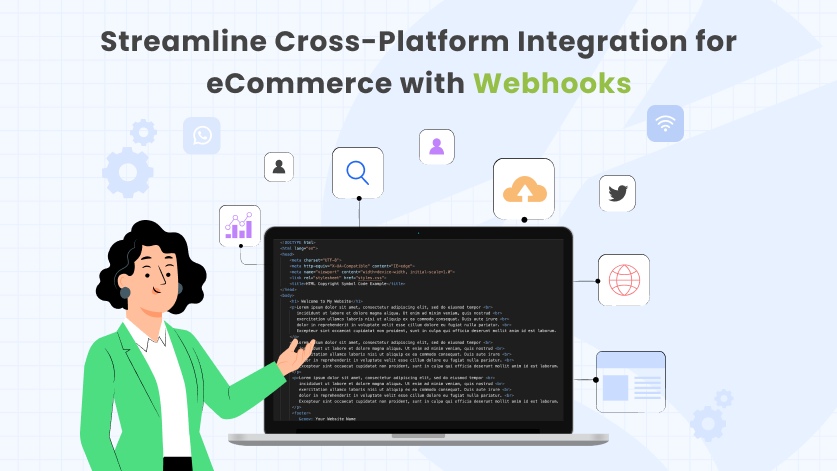In today’s digital landscape, businesses must prioritize cross-platform integration to optimize operations and elevate user experiences. A common strategy employed to achieve these goals involves using webhooks.
These are powerful tools that enable real-time communication between various applications. However, integrating webhooks across different platforms like Shopify, Salesforce, Stripe, and others can present significant challenges, especially when you’re looking for something a little custom.
The Webhook Integration Challenge:
Webhooks play a pivotal role in creating dynamic applications that provide real-time updates. They send automated messages or payloads of information from one application to another when a specific event occurs.
This real-time communication is particularly critical for businesses that rely on a myriad of platforms to optimize their operations.
For instance, they might utilize WooCommerce or BigCommerce for their eCommerce storefronts, PayPal or Square for processing customer payments, HubSpot or Zoho for their customer relationship management, Slack or Microsoft Teams for internal communication, and Mailchimp or Sendinblue for managing their email marketing campaigns.
Each platform holds a crucial piece of the larger business puzzle, and webhooks facilitate the seamless integration of these pieces for a unified, efficient operational workflow.
However, the integration of webhooks across these platforms is not without hurdles. These challenges primarily revolve around four main areas:
Inconsistencies Across Platforms:
Each platform has a unique way of implementing and managing webhooks. This lack of standardization can lead to complex configurations and increase the potential for errors.
Scalability Issues:
As a business grows, so does the number of events triggering webhooks. Managing them manually can quickly become an operational nightmare.
Reliability Concerns:
Ensuring reliable data transfer is paramount. However, network issues or application downtime can result in webhook delivery failures. This can lead to data loss or delayed processing.
Security Risks:
Sensitive data is often transmitted via webhooks, making security a significant concern. Each platform may have different security protocols, which can make it difficult to ensure consistent and robust security measures.
Streamlining Webhook Integration for eCommerce: A Case Study

Let’s take a look at a real-world example of how webhook management can help streamline cross-platform webhook integration.
Imagine an eCommerce business using Shopify for online sales, Stripe for payments, and Salesforce for CRM. Each platform uses webhooks to update the other systems when an event occurs, such as a new order placed or payment processed.
Without a specific solution, the business would have to manually set up and manage webhooks for each platform. This could lead to inconsistencies, reliability issues, and a significant drain on resources.
On the other hand, with a webhook management solution, this process becomes much simpler and more reliable. A unified API eliminates the need to set up individual webhooks for each platform. All webhooks can be managed centrally through a dashboard, ensuring consistent and reliable data exchange.
The team can monitor the status of all webhooks in real-time, and receive alerts if any issues arise. Moreover, the dashboard provides detailed logging and advanced search features, simplifying troubleshooting. In the end, businesses are able to maintain smooth operations and provide an optimal customer experience.
Also Read: The Best 6 eCommerce Automation Software to boost your productivity.
The Solution: Automated Webhook Management
Recognizing these challenges, webhook management software like Hookdeck provides an automated webhook management solution. This allows businesses to seamlessly integrate webhooks across various platforms.
These platforms enable cross-platform integration of webhook, offering businesses a seamless process and a plethora of advantages
Unified API:
Offer a single API to send, receive, and manage all your webhooks. This eliminates the need to work with multiple, platform-specific APIs, reducing complexity and the potential for errors.
Scalability:
With automated management, you can effortlessly scale your business. As the number of webhooks grows, the tool’s infrastructure ensures they are handled efficiently, taking the burden off your team.
Reliability:
These platforms can guarantee the reliable delivery of your webhooks. It uses intelligent retry logic to handle failures, ensuring all your webhooks reach their destination.
Enhanced Security:
Security is integral to these tools. They provide robust security features including HTTPS support, payload encryption, and signature verification to protect your data.
Also Read: How to Choose the Best eCommerce Platform for Your Online Business.
The Power of a Centralized Dashboard for Seamless Management:
Centralized dashboards provide a single view into all your webhooks. This offers a range of functionalities to manage and monitor your webhooks effectively:
Visual Representation:
The dashboard provides a visual representation of all your webhook data. It offers insights into the status of each webhook, the number of attempts made, and the response time.
Real-time Monitoring:
The dashboard allows you to monitor the status of your webhooks in real-time. This immediate visibility helps you quickly identify any issues and take prompt action.
Advanced Filters and Search:
The dashboard offers advanced filters and search options, making it easy to locate specific webhooks. It also allows you to isolate issues based on various parameters.
Detailed Logging:
Every webhook event and its associated data are logged in detail. This aids in troubleshooting and provides an audit trail for compliance purposes.
Alerts and Notifications:
Configurable alerts and notifications are also available on the dashboard. You can set up alerts for webhook failures or delays, ensuring you are immediately aware of any issues that could impact your operations.
Also Read: The Ultimate Guide on Shopify Shipping Rate for B2B Customers.
Embracing the Future of Webhook Management:
As we move further into the digital era, the need for real-time updates and seamless interoperability between different systems becomes increasingly critical. This has led to an increasing demand for efficient webhook management solutions.
Automated webhook management services such as Hookdeck not only streamline the process of webhook integration but also enhance reliability, security, and scalability. This is achieved by centralizing all webhook operations on a single, user-friendly dashboard, providing complete visibility into data flow for seamless cross-platform integration.
Conclusion
Integrating webhooks across different platforms poses significant challenges, but with the right tool, it can be a breeze. Webhook management software not only streamlines the process but also enhances reliability, security, and scalability.
The centralized dashboard provides an overview of all your webhooks, giving you greater control and visibility into your data flow.
Embrace the power of automation to achieve a competitive edge in an era where real-time updates among different systems are crucial for business success. By utilizing cross-platform integration services, you can ensure seamless communication and avoid being held back by the complexities of webhook integration.
Take your business to new heights with the efficiency and effectiveness that comes with embracing cross-platform integration.








